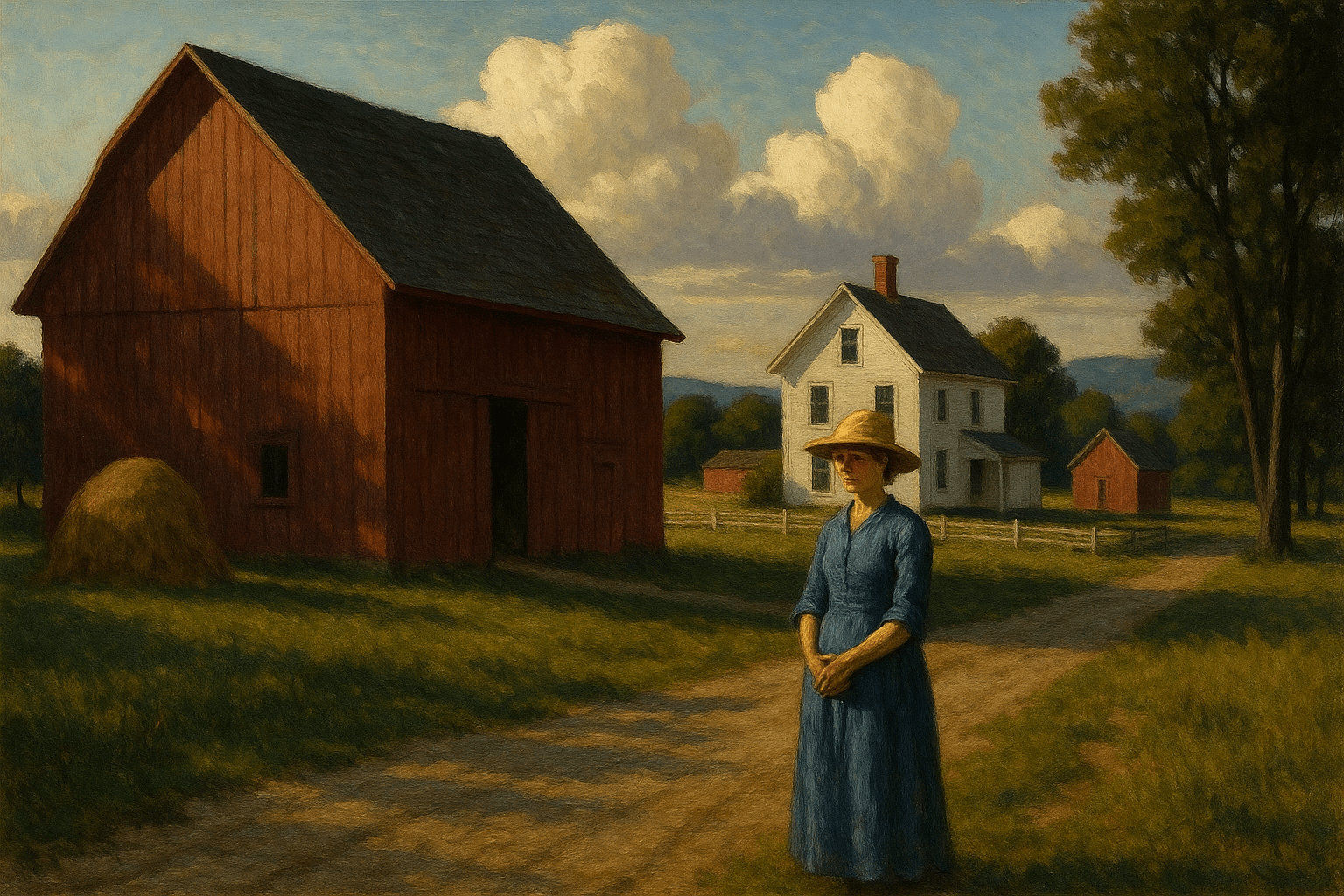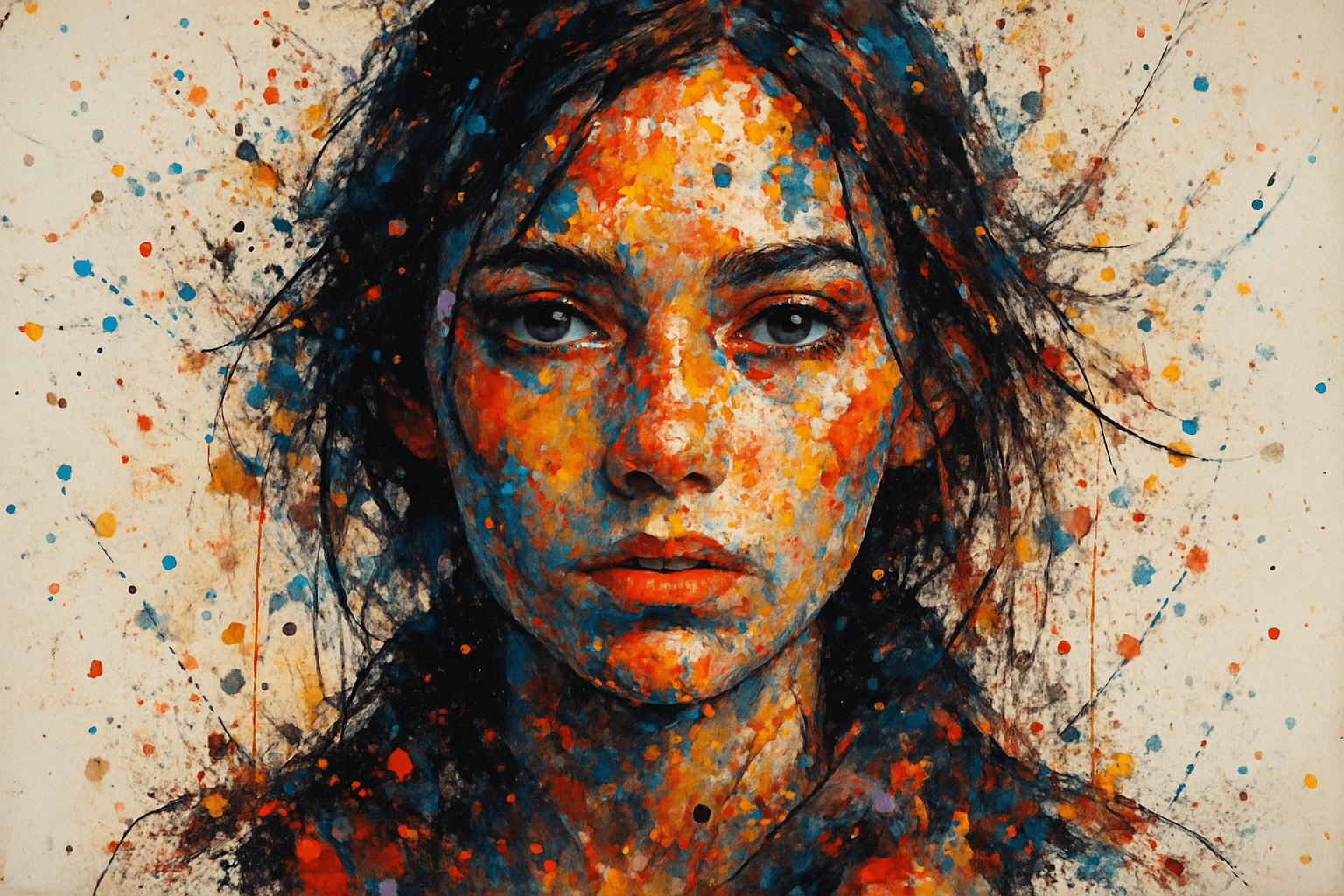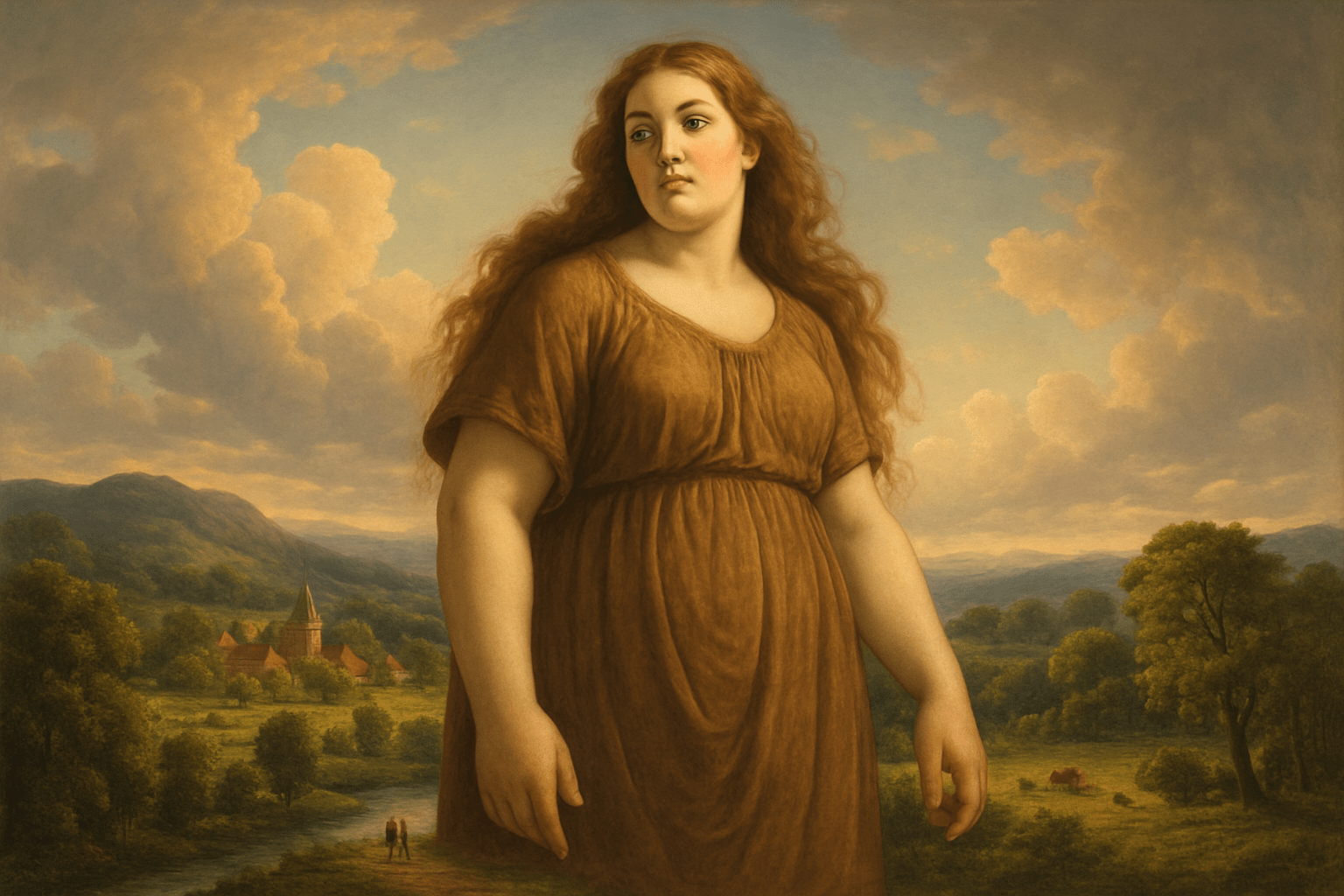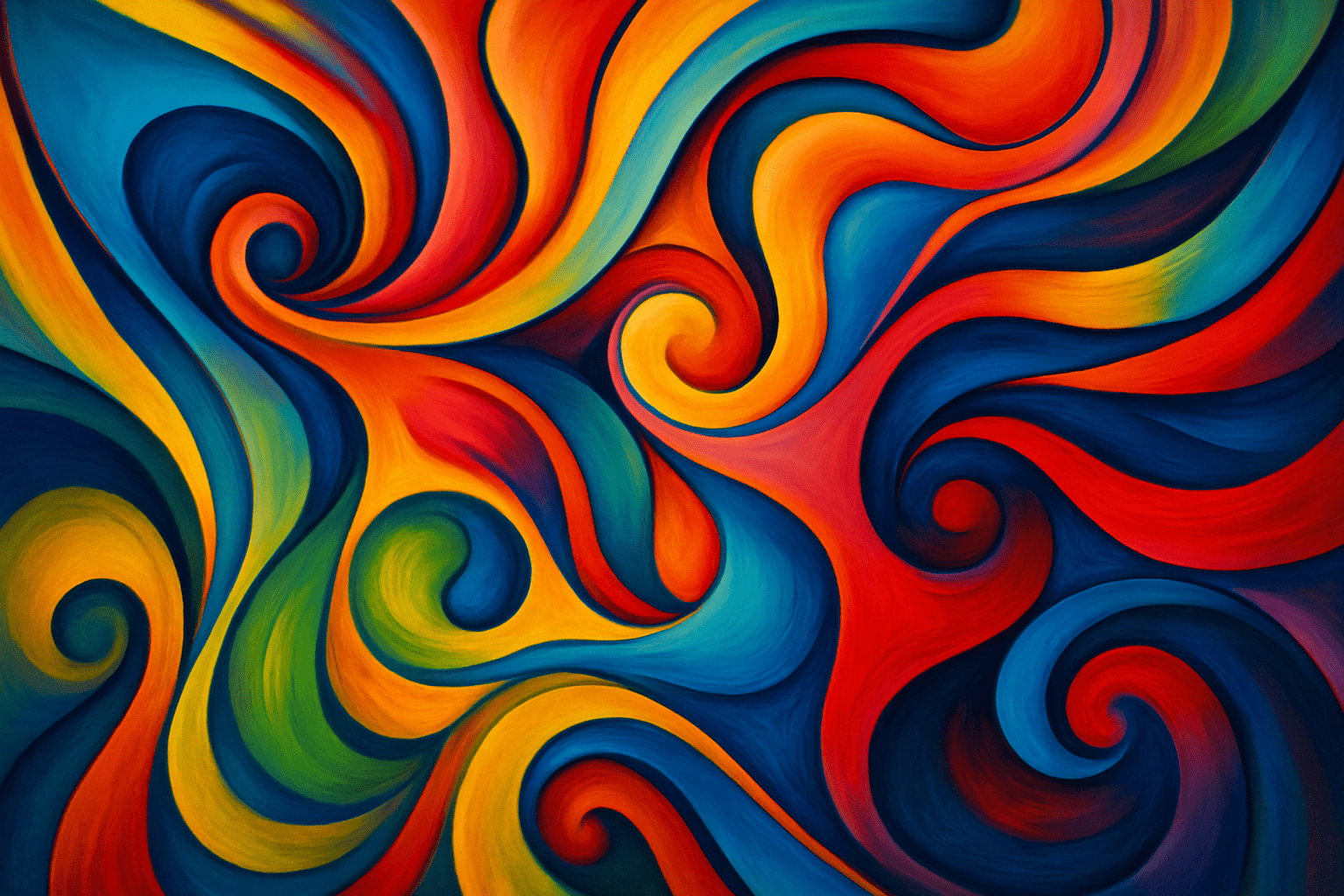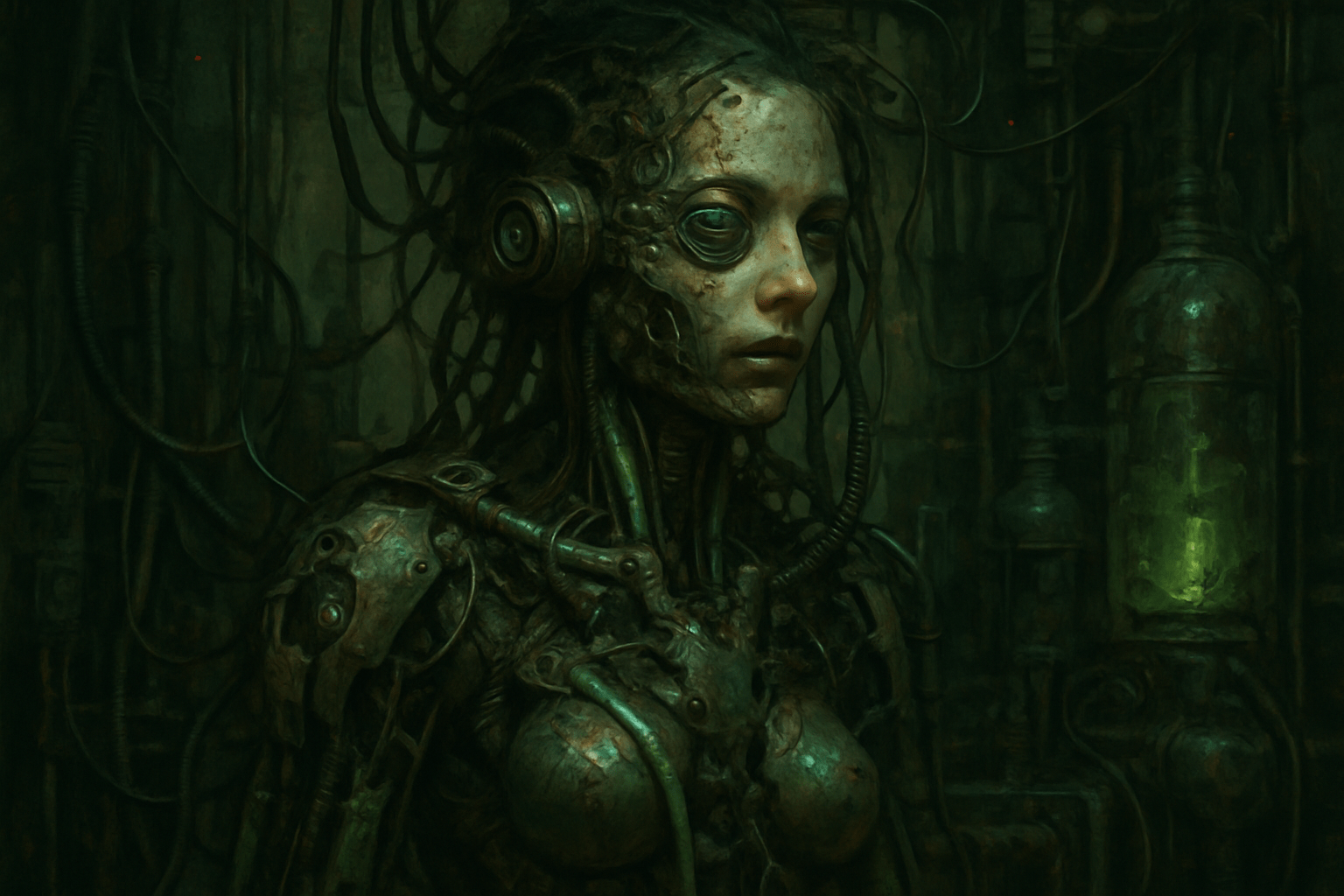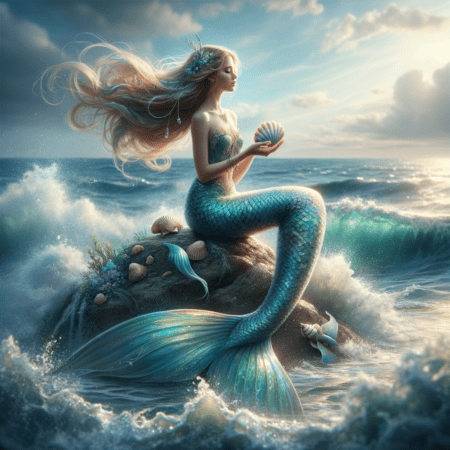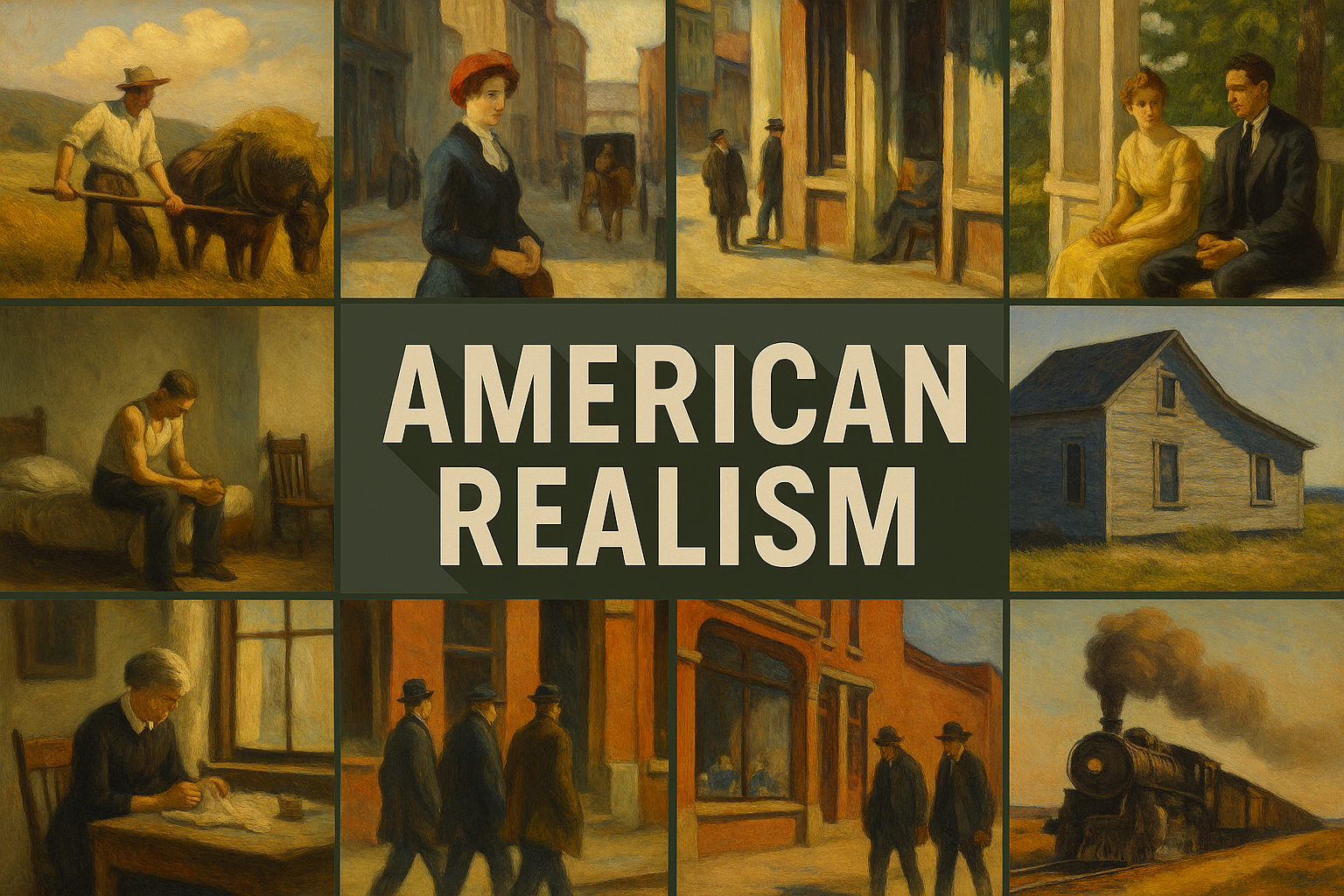
American realism
The art style American realism is characterized by its naturalistic and realistic depiction of subjects. American realism artists sought to depict everyday life and scenes from American history in a realistic manner. This art style is often associated with the American West and the American frontier.
AOI thinking about American realism [+_~]-/
Overview and Quickfacts
American realism was a style of art that emerged in the late 1800s and early 1900s. American artists began to move away from the idealized and romanticized images of the past and instead began to paint scenes from everyday life. This new style of art was often seen as a reaction to the Industrial Revolution and the growing social and economic problems that came with it. American realism often depicted the harsh realities of poverty, racism, and violence.
Can understand it also, as:
realism, naturalism, verisimilitude
Categorize it as:
Impressionism, Modernism
.: Dreaming :.
holds a HAIKU for the art style
:. Thought is power .:
Detailed Description
American Realism was an artistic movement that began in the late 1800s in the United States. This movement is often associated with the works of artists such as Thomas Eakins, Winslow Homer, and Andrew Wyeth. American Realism sought to capture everyday life in a realistic and honest way. This was in contrast to the idealized and often romanticized paintings of earlier movements such as the Hudson River School. One of the most famous American Realist paintings is Eakins’ The Gross Clinic. This painting depicts a doctor giving a lecture on surgery while a group of students look on. Eakins’ use of light and shadow creates a sense of depth and realism that was not often seen in paintings of this time period. Another well-known American Realist painter is Andrew Wyeth. Wyeth is known for his paintings of rural Pennsylvania, where he grew up. His paintings often feature simple, everyday scenes such as farmers working in their fields or people walking down a country road. Wyeth’s work is characterized by its muted colors and realistic style. The American Realism movement was a reaction against the idealized and often unrealistic paintings of earlier movements. Artists associated with American Realism sought to capture everyday life in a honest and realistic way. This was achieved through the use of light and shadow to create a sense of depth and realism. American Realism is represented by the works of artists such as Thomas Eakins, Winslow Homer, and Andrew Wyeth.
.. beep, beep, beep ..
<START OF TRANSMISSION>
1. American realism was a literary movement that began in the mid-19th century. 2. The movement is generally considered to have lasted until the early 20th century. 3. American realism is sometimes referred to as regionalism. 4. The movement is characterized by its focus on ordinary people in everyday life. 5. American realism is often credited with helping to establish a distinctly American literary voice. 6. The movement is also credited with helping to shape American identity. 7. One of the most famous American realist writers is Mark Twain. 8. Other notable American realist writers include William Dean Howells, Bret Harte, and Henry James. 9. American realism was heavily influenced by European realism. 10. The movement was also influenced by the American Civil War. 11. American realism is often seen as a reaction to the idealized portrayals of life found in earlier American literature. 12. American realism is sometimes seen as a response to the growing industrialization of the United States. 13. American realism is sometimes seen as a response to the growing urbanization of the United States. 14. American realism is sometimes seen as a response to the growing materialism of the United States. 15. American realism is sometimes seen as a response to the growing individualism of the United States. 16. American realism is sometimes seen as a response to the growing nationalism of the United States. 17. American realism is sometimes seen as a response to the growing immigration of the United States. 18. American realism is sometimes seen as a response to the growing social problems of the United States. 19. American realism is sometimes seen as a response to the growing political problems of the United States. 20. American realism is sometimes seen as a response to the growing economic problems of the United States.
<EOF>
.. robbel bob
Visual Examples from our image gallery
Coming soon, we are so slow .. might never come
Artists, Paintings, and more
(be aware, can be highly speculative)
Artists (be aware, speculation possible):
1. William Merritt Chase (1849-1916) 2. Thomas Eakins (1844-1916) 3. John Singer Sargent (1856-1925) 4. Frederic Remington (1861-1909) 5. Mary Cassatt (1844-1926) 6. Winslow Homer (1836-1910) 7. Edward Hopper (1882-1967) 8. Andrew Wyeth (1917-2009) 9. Jackson Pollock (1912-1956) 10. Mark Rothko (1903-1970) 11. Georgia O’Keeffe (1887-1986) 12. Jim Dine (b. 1935) 13. Robert Rauschenberg (1925-2008) 14. Roy Lichtenstein (1923-1997) 15. Claes Oldenburg (b. 1929) 16. David Hockney (b. 1937) 17. Richard Diebenkorn (1922-1993) 18. Chuck Close (b. 1940) 19. Brice Marden (b. 1938) 20. John Baldessari (b. 1931) 21. Barbara Kruger (b. 1945) 22. Cindy Sherman (b. 1954) 23. Richard Serra (b. 1939) 24. Robert Longo (b. 1953) 25. Jean-Michel Basquiat (1960-1988) 26. Julian Schnabel (b. 1951) 27. Keith Haring (1958-1990) 28. Kenny Scharf (b. 1958) 29. Peter Halley (b. 1953) 30. Ross Bleckner (b. 1949)
Artworks (be aware, speculation possible)
1. American Gothic, Grant Wood, 1930 2. The Hay Wagon, Andrew Wyeth, 1953 3. Christina’s World, Andrew Wyeth, 1948 4. The Promised Land, Edward Hopper, 1943 5. Nighthawks, Edward Hopper, 1942 6. Automat, Edward Hopper, 1927 7. New York Movie, Edward Hopper, 1939 8. Office in a Small City, Edward Hopper, 1953 9. Early Sunday Morning, Edward Hopper, 1930 10. Rooms by the Sea, Edward Hopper, 1951 11. Cape Cod Evening, Edward Hopper, 1939 12. Chop Suey, Edward Hopper, 1929 13. A Woman in the Sun, Edward Hopper, 1961 14. Morning in a City, Edward Hopper, 1944 15. Girl at a Window, Edward Hopper, 1955 16. Summertime, Edward Hopper, 1943 17. Compartment C, Car 293, Edward Hopper, 1938 18. New York Central, Edward Hopper, 1953 19. Pennsylvania Coal Town, Edward Hopper, 1947 20. Seven A.M., Edward Hopper, 1948 21. Soir Bleu, Edward Hopper, 1914 22. Sun in an Empty Room, Edward Hopper, 1963 23. The Long Leg, Edward Hopper, 1935 24. The Open Door, Edward Hopper, 1943 25. Western Motel, Edward Hopper, 1957 26. Wind from the Sea, Andrew Wyeth, 1947 27. The Bedroom, Vincent van Gogh, 1888 28. The Night CafÃÂé, Vincent van Gogh, 1888 29. Wheat Field with Cypresses, Vincent van Gogh, 1889 30. Starry Night, Vincent van Gogh, 1889
Epoch
The time period of American realism is from the late 1800s to the early 1900s.
AI ART RESSOURCES (AKA, well Tools)
Helping tools -> predefined search links on other pages:
